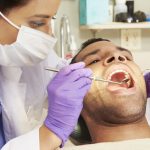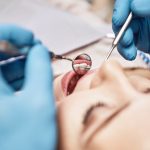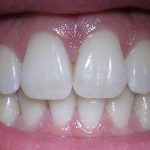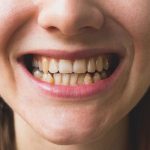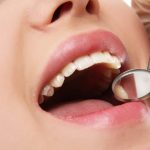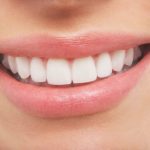Perfecting Your Smile: How to Ensure Proper Teeth Rest Position for Optimal Oral Health
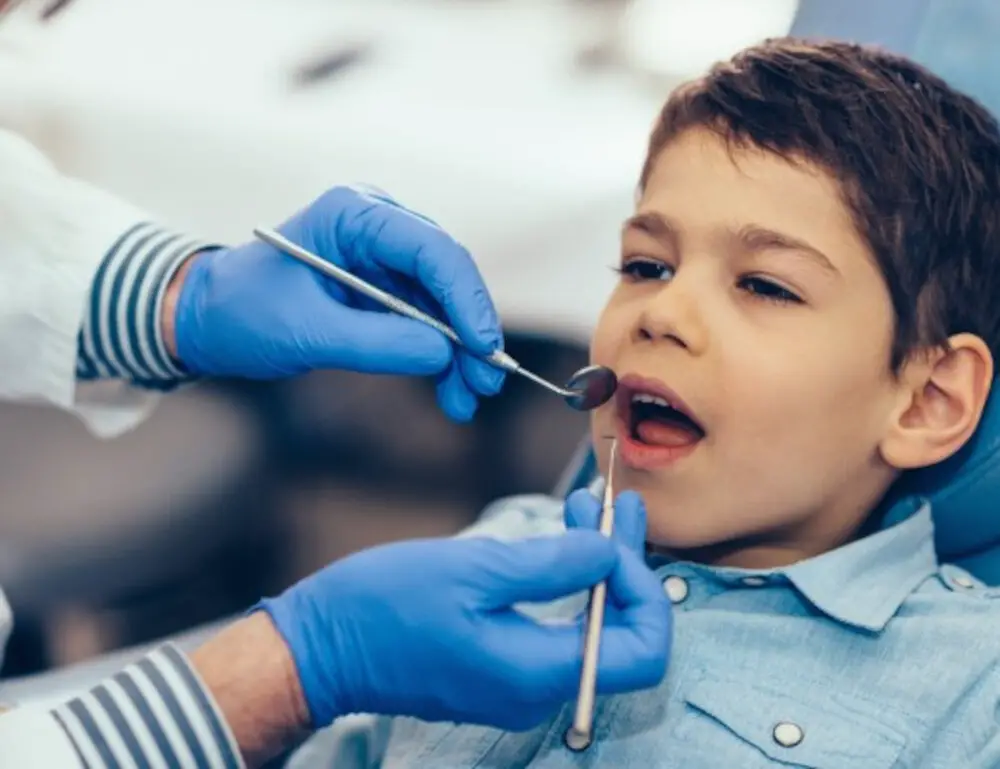
Your smile is often the first impression you make on others, and having a healthy, beautiful smile can not only boost your confidence but also improve your overall oral health. However, achieving a perfect smile requires more than just regular brushing and flossing. One of the critical factors in maintaining optimal oral health is ensuring proper teeth rest position. Teeth rest position refers to the position of your teeth when your jaw is relaxed. When your teeth are in their proper resting position, the upper and lower teeth should fit together comfortably, and your jaw muscles should be relaxed. Improper teeth rest position can lead to a range of oral health issues, including teeth grinding, jaw pain, and even gum disease. In this article, we will explore the importance of teeth rest position and provide tips on how to ensure your teeth are in their optimal position for a healthy, beautiful smile.
Proper teeth rest position is essential for maintaining optimal oral health. When our teeth are at rest, they should be slightly apart, and our tongue should be resting gently against the roof of our mouth. This position allows for proper air flow and prevents our teeth from grinding or clenching, which can lead to tooth and jaw pain. Additionally, the correct teeth rest position can help prevent oral health issues such as gum disease and tooth decay. Neglecting to maintain this position can lead to misalignment of teeth, speech problems, and even breathing difficulties. Therefore, it is crucial to ensure that you are practicing the proper teeth rest position consistently to keep your oral health in check.
Improper teeth rest position can lead to a variety of oral health issues. One common problem is Temporomandibular Joint Disorder (TMD), which causes pain and discomfort in the jaw joint and surrounding muscles. This can be caused by clenching or grinding teeth, which often occurs when the teeth are not properly aligned in their resting position. Additionally, improper teeth rest position can lead to tooth wear and damage, as well as gum recession, which can increase the risk of tooth loss. It is important to address any issues with teeth rest position early on to prevent these potential complications and maintain optimal oral health.
Understanding Teeth Rest Position
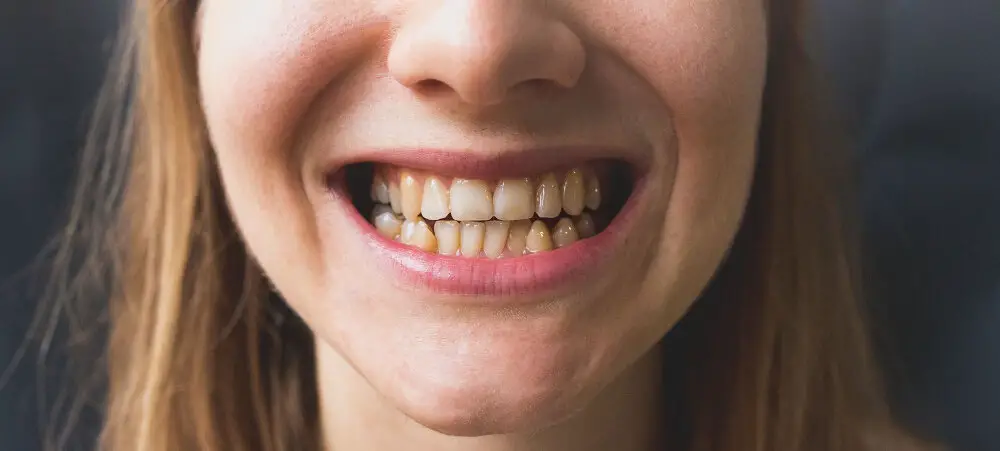
Understanding teeth rest position is crucial to maintaining optimal oral health. This position refers to the natural position of the teeth when the jaw is in a relaxed state, and the lips are closed. When the teeth are in their rest position, they are in their most stable and comfortable position, allowing for proper function and reduced strain on the jaw muscles. This position also ensures that the teeth are not subjected to unnecessary pressure or wear, which can lead to dental problems such as cracks, chips, or erosion. Understanding and maintaining proper teeth rest position is essential for maintaining healthy teeth and gums, preventing dental problems, and ensuring a beautiful smile. To achieve proper teeth rest position, it is important to maintain good overall oral health. This includes regular brushing and flossing, as well as seeing a dentist for routine checkups and cleanings. Some people may require additional treatment, such as orthodontic work, to correct any issues that may be preventing them from achieving proper teeth rest position. It is also important to be mindful of habits that can affect teeth rest position. For example, clenching or grinding the teeth can cause them to shift out of their natural position, leading to discomfort and potential dental problems. By understanding teeth rest position and taking steps to maintain it, individuals can ensure optimal oral health and a beautiful, healthy smile.
Teeth rest position refers to the natural position of the teeth when the jaws are in a relaxed state, without any conscious effort or movement. It is the proper alignment of the upper and lower teeth, where the back teeth are lightly touching and the front teeth are slightly apart. This position allows for even distribution of the bite force and prevents unnecessary stress on the teeth and jaw muscles. The correct teeth rest position also promotes proper breathing, speech, and optimal oral health. It is important to maintain this position throughout the day, as prolonged clenching or grinding of teeth can lead to dental problems such as worn-down teeth, jaw pain, and headaches. Regular dental check-ups can help identify any issues and ensure proper teeth rest position is maintained.
When it comes to maintaining optimal oral health, the position of your teeth at rest is crucial. Normal teeth rest position is when the upper and lower teeth are slightly apart, and the tongue is resting against the roof of the mouth. In contrast, an abnormal teeth rest position occurs when the teeth are clenched together, and the tongue is positioned between the teeth. This abnormal position can lead to various oral health issues, such as jaw pain, tooth grinding, and even misaligned teeth. Perfecting your teeth rest position is vital for maintaining optimal oral health, and it is recommended to seek dental advice if you are experiencing any issues with your teeth rest position.
Abnormal teeth rest position refers to the misalignment of teeth when they are at rest. This can be caused by a variety of factors, including genetics, habits such as thumb sucking or tongue thrusting, and structural issues such as a narrow palate or misaligned jaw. Additionally, poor posture or a lack of proper muscle tone in the face and jaw can also contribute to abnormal teeth rest position. Over time, this misalignment can lead to a range of oral health issues, including tooth decay, gum disease, and even jaw pain or headaches. Therefore, it is important to address any issues with teeth rest position early on to ensure optimal oral health and a confident, beautiful smile.
Identifying Abnormal Teeth Rest Position

Identifying abnormal teeth rest position is crucial in maintaining optimal oral health. The teeth rest position is the natural position of the teeth when the mouth is closed and the lips are relaxed. In an ideal scenario, the teeth should be in contact with each other, and the jaw should be in a relaxed position. However, if the teeth rest position is abnormal, it can cause several dental problems such as tooth wear, gum recession, and jaw pain. Identifying abnormal teeth rest position requires a comprehensive dental examination by a qualified dentist. A dentist will examine your teeth, jaw, and facial muscles to determine if there are any abnormalities. They may also take X-rays and impressions of your teeth to get a better understanding of your dental anatomy. Once the dentist has identified the abnormal teeth rest position, they will develop a treatment plan to correct it. Treatment may include orthodontic treatment, bite adjustment, or muscle exercises. The importance of identifying abnormal teeth rest position cannot be overstated. If left untreated, abnormal teeth rest position can lead to a host of dental problems, including tooth decay, gum disease, and jaw pain. Additionally, it can affect the appearance of your smile and overall facial aesthetics. Therefore, it is essential to have regular dental check-ups to identify any abnormalities in your teeth rest position and address them promptly. By doing so, you can maintain optimal oral health, prevent dental problems, and enjoy a beautiful and healthy smile for years to come. Remember, prevention is always better than cure, and identifying and correcting abnormal teeth rest position is a crucial step in preventing dental problems.
When it comes to ensuring optimal oral health, one of the most important factors to consider is teeth rest position. This refers to the way your teeth come together when your mouth is closed and at rest. If your teeth are not in the correct position, it can lead to a host of dental issues, including tooth wear, jaw pain, and even difficulty chewing and speaking. So, what are the signs to look for to determine if your teeth rest position is correct? Some common indicators include a clicking or popping sound when you open and close your mouth, pain or discomfort in the jaw, headaches, and uneven tooth wear. If you are experiencing any of these symptoms, it is important to consult with a dental professional who can assess your teeth rest position and recommend appropriate treatment options.
Dentists use various diagnostic tools to determine the rest position of teeth for optimal oral health. X-rays, impression materials, and intraoral cameras are commonly used tools. X-rays help dentists identify areas of decay, bone loss, and the position of teeth roots. Impression materials, such as alginate and silicone, are used to create molds of teeth and gums for the fabrication of custom-made restorations. Intraoral cameras allow for a detailed view of the mouth, aiding in the diagnosis of issues such as cracked teeth and gum disease. These diagnostic tools assist dentists in developing a personalized treatment plan to perfect a patient’s smile and maintain optimal oral health.
Early detection is crucial when it comes to maintaining optimal oral health. It allows for prompt treatment and prevention of more serious dental issues that can arise in the future. In the case of teeth rest position, identifying any misalignment or improper positioning early on can prevent problems such as tooth decay, gum disease, and even jaw pain. Regular check-ups with a dentist can help catch any issues early, leading to less invasive and costly treatments. By taking a proactive approach to oral health and prioritizing early detection, individuals can ensure a healthy and beautiful smile for years to come.
Techniques for Correcting Abnormal Teeth Rest Position

Rest position of teeth is a crucial aspect of oral health. It refers to the position of the teeth when the mouth is closed and the muscles are relaxed. When teeth are not in their proper rest position, it can lead to a range of problems, including misaligned bite, wear and tear of teeth, and even jaw pain. However, there are several techniques available to correct abnormal teeth rest position. One of the most common techniques used for correcting abnormal teeth rest position is orthodontic treatment. Orthodontic treatment involves the use of braces or aligners to gradually shift the position of the teeth into their proper alignment. This treatment can take several months or even years, depending on the severity of the misalignment. Orthodontic treatment is a highly effective technique for correcting abnormal rest position of teeth, and it can also improve the appearance of the smile. Another technique for correcting abnormal teeth rest position is occlusal adjustment. This technique involves reshaping the biting surfaces of the teeth to improve the alignment and contact between the upper and lower teeth. Occlusal adjustment is typically used in conjunction with orthodontic treatment, but it can also be used on its own in cases of minor misalignment. This technique is relatively quick and non-invasive, and it can provide significant improvements in the rest position of the teeth. Overall, there are several techniques available for correcting abnormal teeth rest position, and the best approach will depend on the specific needs and goals of the individual.
Orthodontic treatment options are designed to correct dental misalignments, crooked teeth, and other issues with the teeth and jaws. Traditional braces are the most common orthodontic treatment and are made up of metal brackets, wires, and rubber bands that gradually move the teeth into proper alignment. Clear aligners, such as Invisalign, are another popular option and are made of clear plastic trays that are custom-fit to the patient’s teeth. Lingual braces are also available, which are similar to traditional braces but are placed on the back of the teeth, making them less visible. In some cases, orthodontic surgery may be necessary to correct severe misalignments or jaw disorders. Regardless of the treatment option, orthodontic treatment can help improve a patient’s oral health, self-esteem, and overall quality of life.
Myofunctional therapy is an innovative approach that focuses on the muscles of the face, mouth, and throat to help individuals achieve proper teeth rest position. This therapy is designed to correct improper oral habits, such as mouth breathing, tongue thrusting, and incorrect swallowing patterns, which can lead to dental issues and other health problems. By targeting the root cause of these habits and retraining the muscles, myofunctional therapy can help improve breathing, speech, eating, and overall oral health. This therapy is a natural and non-invasive alternative to traditional orthodontics and can be particularly beneficial for children with developing teeth and adults with sleep apnea or other breathing difficulties.
Improving your teeth rest position is essential for optimal oral health. There are several exercises that you can do to improve your teeth rest position. One of the most effective exercises is tongue positioning. Place your tongue at the roof of your mouth, just behind your teeth, and hold it there for a few seconds. This exercise helps to strengthen the muscles in your mouth and improve your tongue positioning. Another exercise that can be helpful is lip seal training. Simply close your lips and breathe through your nose, keeping your tongue in the correct position at the roof of your mouth. These exercises, when done regularly, can help to improve your teeth rest position and create a healthier, more beautiful smile.
Maintaining Proper Teeth Rest Position
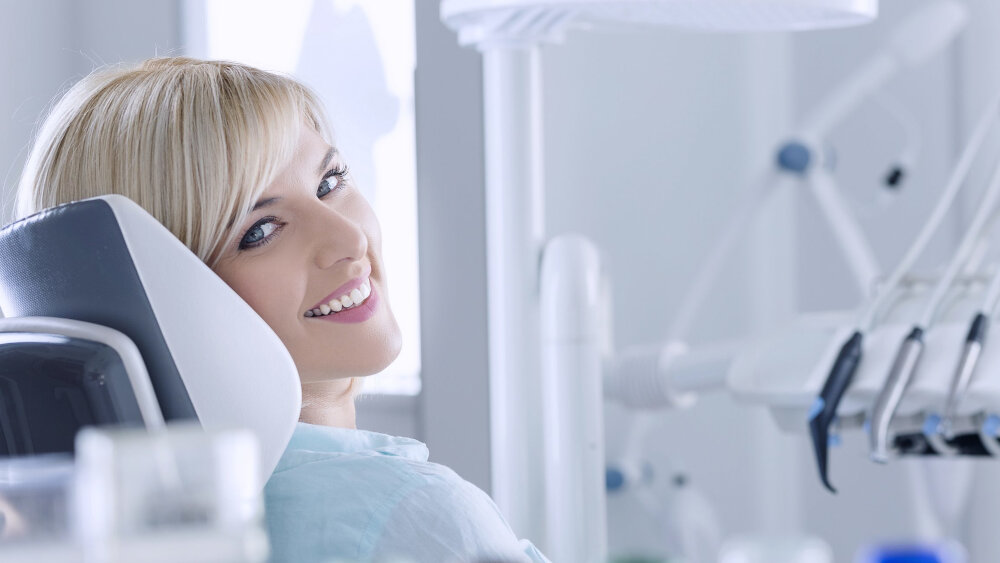
Maintaining proper teeth rest position is crucial for optimal oral health. The teeth rest position is the position where your teeth come together when you are not chewing or speaking. Proper teeth rest position means that your teeth are aligned properly, and your jaw muscles are relaxed. If you do not maintain proper teeth rest position, it can cause dental problems such as teeth grinding, jaw pain, headaches, and even tooth decay. One of the easiest ways to ensure proper teeth rest position is to practice good posture. When you sit or stand up straight, your jaw muscles will naturally be more relaxed, and your teeth will align properly. Another way to maintain proper teeth rest position is to avoid bad habits such as clenching your teeth or grinding them. This can put unnecessary pressure on your jaw muscles and cause them to become tense. If you are prone to clenching or grinding your teeth, it may be helpful to wear a mouthguard at night to protect your teeth and reduce tension in your jaw muscles. Additionally, practicing relaxation techniques such as yoga or meditation can be beneficial for reducing stress and promoting relaxation in your jaw muscles. By maintaining proper teeth rest position, you can ensure that your teeth and jaw muscles are healthy, and you can enjoy a beautiful, healthy smile for years to come.
Long-term maintenance is of paramount importance when it comes to oral health. Neglecting regular check-ups and cleanings can lead to oral health issues that can be both painful and expensive to fix. Proper teeth rest position is also critical in maintaining good oral health. By ensuring that your teeth are in the right position, you can prevent potential issues such as gum disease and tooth decay. Failing to maintain the proper rest position can cause problems with the jaw and other areas of the mouth, leading to long-term discomfort and pain. It is essential to prioritize long-term maintenance in your dental care routine to ensure optimal oral health and a beautiful smile for years to come.
Proper teeth rest position is essential for optimal oral health. To maintain this position, there are several tips you can follow. First, ensure that your tongue rests on the roof of your mouth and not on the bottom teeth. This helps to prevent your teeth from shifting and keeps your mouth and jaw muscles relaxed. Second, make sure that your lips are closed and your teeth are slightly apart when not speaking or eating. This helps to prevent teeth grinding and clenching, which can cause damage to your teeth and jaw. Third, practice good posture and avoid slouching, as this can affect the alignment of your teeth and jaw. By following these tips, you can maintain proper teeth rest position and promote optimal oral health.
Following up with dental professionals is crucial in maintaining optimal oral health. It is important to schedule regular check-ups with a dentist to ensure that your teeth are properly aligned and that there are no underlying issues that could negatively impact your oral health. Additionally, it is important to follow up with an orthodontist if you are in the process of correcting any misalignments or bite issues. By doing so, you can ensure that your teeth rest in the correct position, reducing the risk of tooth decay, gum disease, and other oral health problems. By taking a proactive approach to your oral health and following up with dental professionals, you can achieve a perfect smile that not only looks great but also supports your overall health and well-being.
In the article \Perfecting Your Smile: How to Ensure Proper Teeth Rest Position for Optimal Oral Health,\ the importance of maintaining proper teeth rest position is emphasized. The article highlights the negative effects that improper rest position can have on oral health, such as tooth damage, gum recession, and bite issues. The article also provides tips on how to ensure proper teeth rest position, including keeping the tongue in the correct position, maintaining proper posture, and seeking professional help if necessary. By following these tips, individuals can improve their oral health and ensure their smile is both healthy and beautiful.
Proper teeth rest position is an essential aspect of maintaining good oral health. It refers to the position of the upper and lower teeth when the jaw is relaxed and the lips are closed. When the teeth are in their correct resting position, the upper teeth slightly overlap the lower teeth, and the tongue rests against the roof of the mouth. This position ensures that the teeth, jaw, and muscles are all in alignment, reducing the risk of developing dental problems such as tooth decay, gum disease, and jaw pain. Moreover, it also helps in preventing breathing problems, snoring, and sleep apnea. Therefore, it is crucial to ensure that your teeth rest position is correct to keep your oral and overall health in good condition.
Having a perfect smile is a dream of many individuals, but it’s not just about aesthetics; optimal oral health is equally crucial. Teeth rest position plays a vital role in maintaining oral health, and if you’re concerned about it, seeking professional help is highly recommended. A dental professional can examine your teeth and jaw structure to ensure that the teeth are sitting in the correct position, preventing any future issues. Delaying the treatment can lead to more severe dental problems, including gum disease, tooth decay, and even tooth loss. Therefore, it’s essential to prioritize your oral health and seek professional help to perfect your smile and maintain optimal oral hygiene.
Conclusion
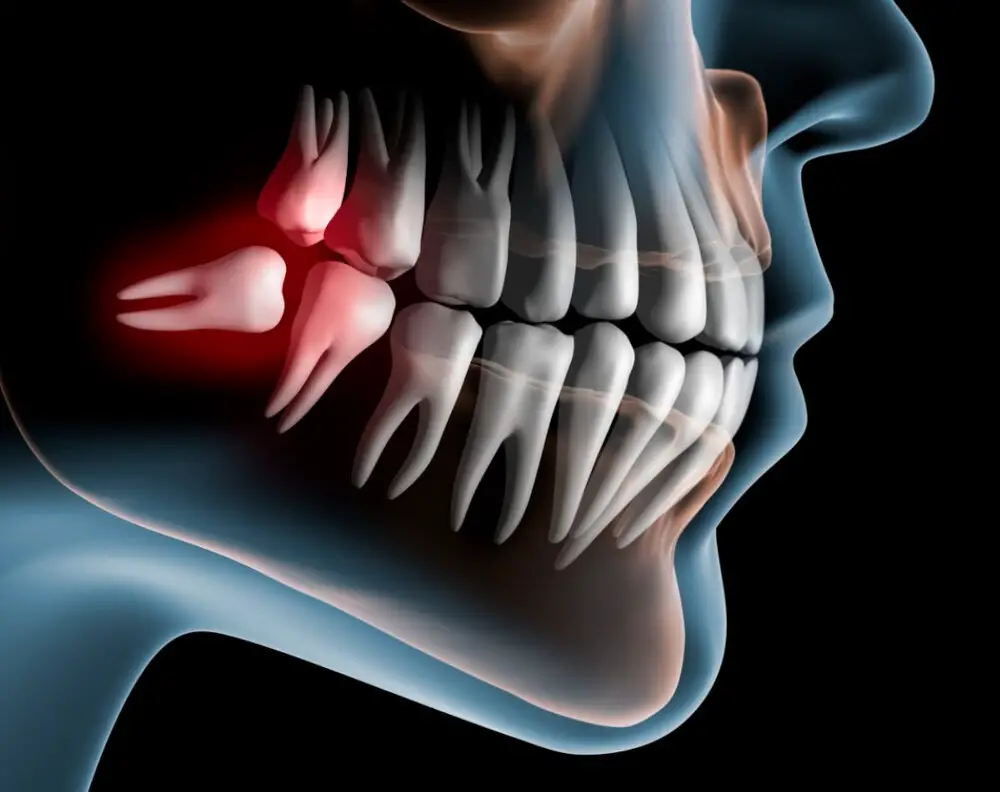
In conclusion, achieving a perfect smile goes beyond just the aesthetics of straight and white teeth. Proper teeth rest position plays a crucial role in ensuring optimal oral health. By taking steps such as correcting any misalignment issues, maintaining good posture, and practicing good oral hygiene, individuals can improve their teeth rest position and prevent potential oral health problems such as tooth decay, gum disease, and bite issues. It’s important to prioritize our oral health and seek professional help if necessary to ensure a healthy and confident smile for years to come.
